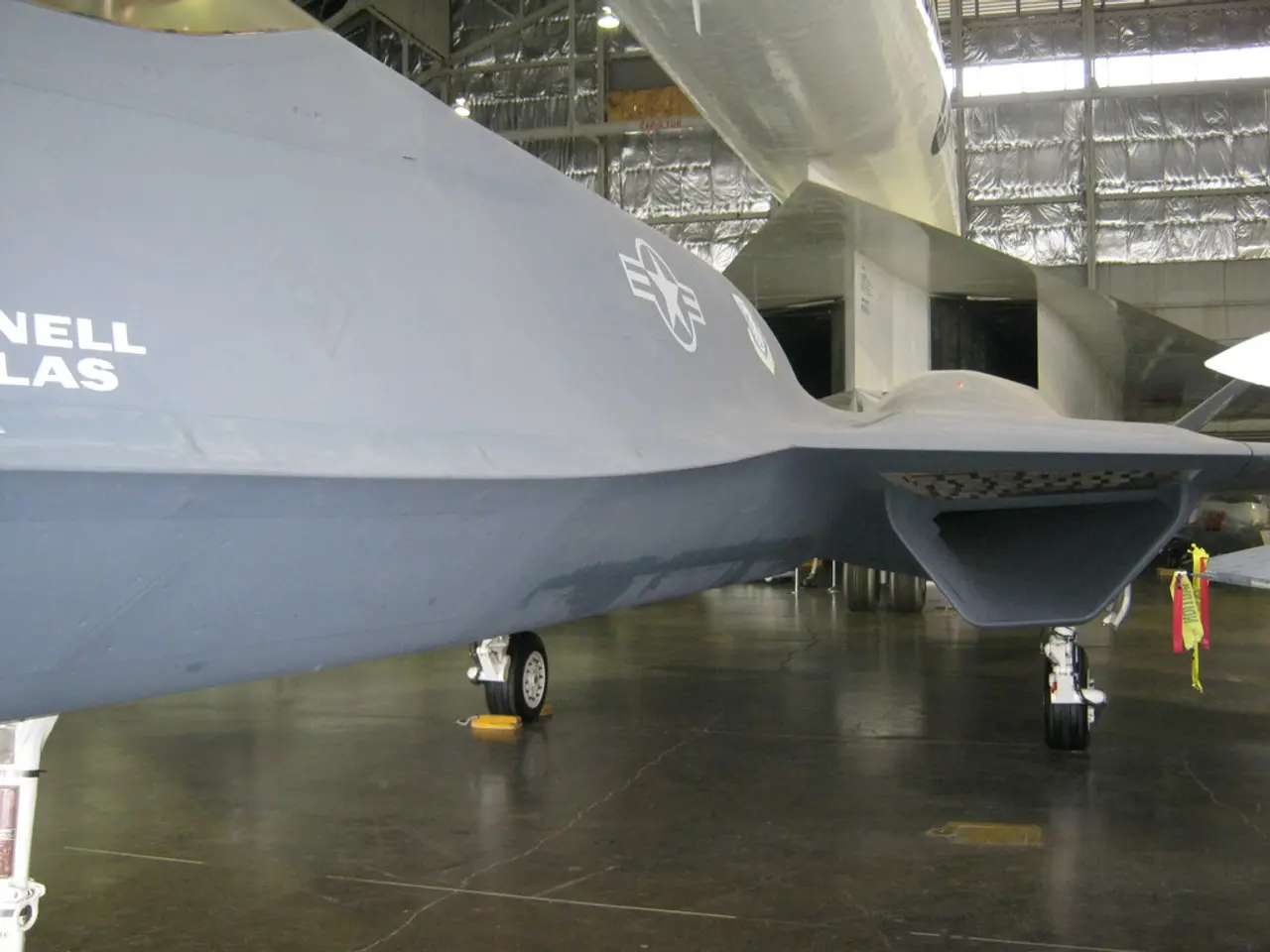Reason for FAA's Failed BVLOS Deadline: Insights Revealed in Recent Report
The Federal Aviation Administration (FAA) is working diligently to release its long-awaited Beyond Visual Line of Sight (BVLOS) rule, a significant step towards supercharging the drone industry. However, the process has been fraught with challenges.
The main obstacles hindering the FAA's progress include insufficient safety data, complex regulatory dependencies, and operational risk concerns, particularly related to flights over people and shared airspace.
Safety Data Gaps
The FAA finds the current dataset from test flights and demonstration programs inadequate to fully assess the risks of routine BVLOS operations, especially over people and in urban environments. Data gaps persist partly due to external delays like COVID-19 and weather impacts on test programs.
Airspace Safety Risks
Specific concerns include altitude violations above the 400-foot limit, drone proximity to uncharted heliports, and urban overflight risks in residential areas, all creating collision hazards for crewed aircraft and complicating risk mitigation.
Regulatory Complexities
The FAA is shifting from individual remote pilot certification towards organisational accountability, which requires new frameworks for operator responsibility and autonomous mission oversight, adding to the rule's complexity.
In response, the FAA is collaborating with industry partners through programs like the BEYOND initiative to gather real-world operational data and insights. The FAA is also incorporating the presidential Unleashing American Drone Dominance Executive Order, which mandates strict timelines for issuing the BVLOS rule proposal and performance metrics, and encourages the use of AI to expedite waiver reviews.
The FAA is also exploring technical and policy measures such as mandatory heliport charting, dynamic airspace awareness for drones, and enforcing altitude restrictions to solve identified safety gaps.
Despite multiple missed Congressional and Presidential deadlines, there is optimism that a Notice of Proposed Rulemaking (NPRM) will appear by early 2026, marking a significant step forward.
It's important to note that test programs for the BVLOS rule were often delayed due to COVID-19, weather, and shifting project scopes. Additionally, the FAA still lacks a universal risk-assessment model or performance-based metrics for BVLOS operations, making it hard to fairly or efficiently evaluate different drone platforms or Concepts of Operations (CONOPS).
In summary, while delayed by safety data insufficiencies and the need for robust regulatory frameworks, the FAA is addressing these through industry collaboration, technological tools, and executive mandates to ensure a safe, scalable BVLOS rule that supports drone industry expansion without compromising airspace safety.
- The FAA's Beyond Visual Line of Sight (BVLOS) rule, when finally released, will be a significant catalyst for the drone industry, but it has encountered numerous challenges, such as inadequate safety data and complex regulatory dependencies.
- One of the major safety concerns related to BVLOS flights is the lack of adequate data for routine operations, particularly over people and in urban environments, due to delays like COVID-19, weather impacts, and shifting project scopes.
- The FAA is working towards a shift from individual pilot certification to organisational accountability, which necessitates new frameworks for operator responsibility and autonomous mission oversight, adding to the rule's complexity.
- To gather real-world operational data and insights, the FAA is collaborating with industry partners through programs like the BEYOND initiative, and they are also incorporating the use of AI to expedite waiver reviews.
- In order to address safety gaps, the FAA is considering measures like mandatory heliport charting, dynamic airspace awareness for drones, and enforcing altitude restrictions, and they are striving to ensure a safe, scalable BVLOS rule without compromising airspace safety.




